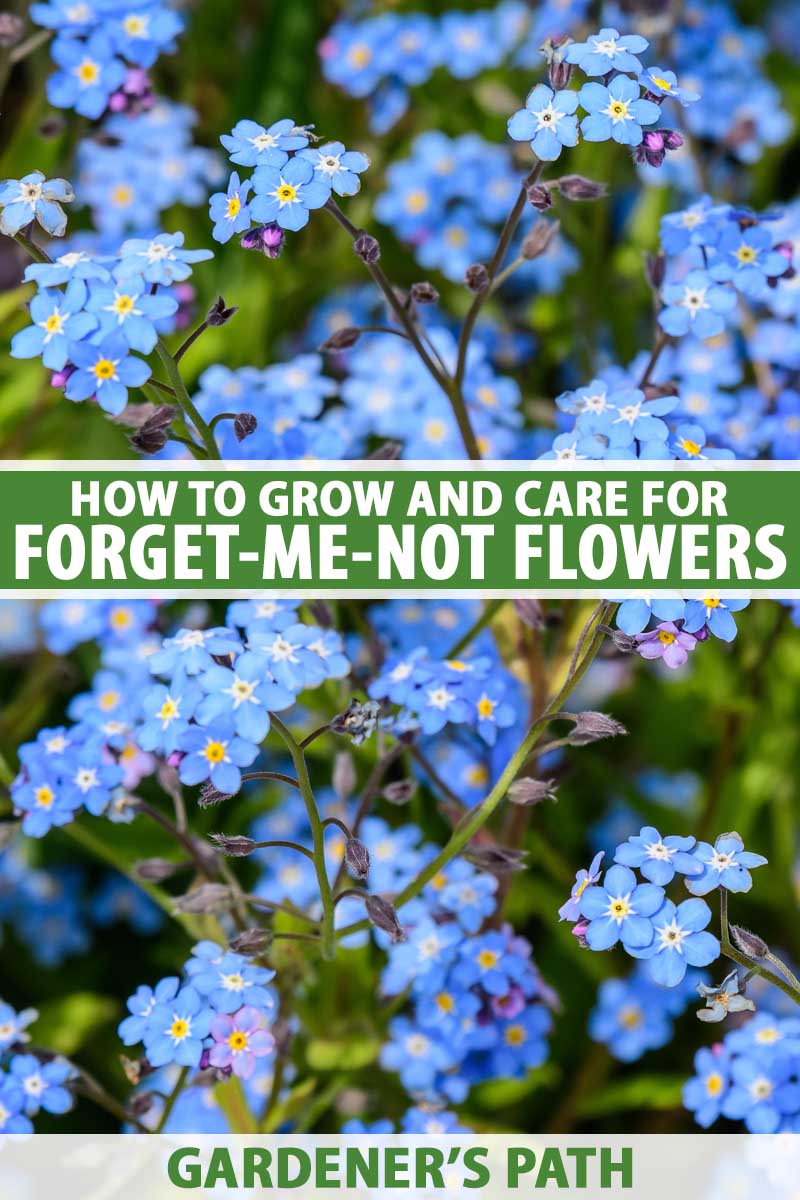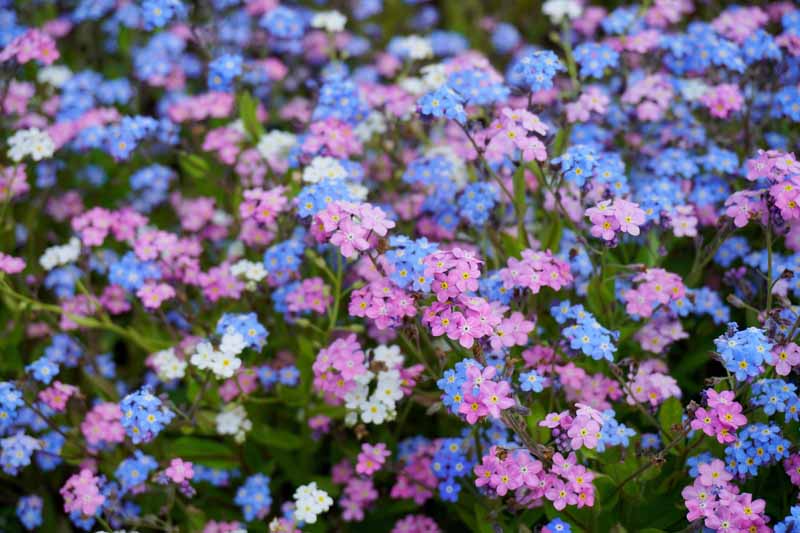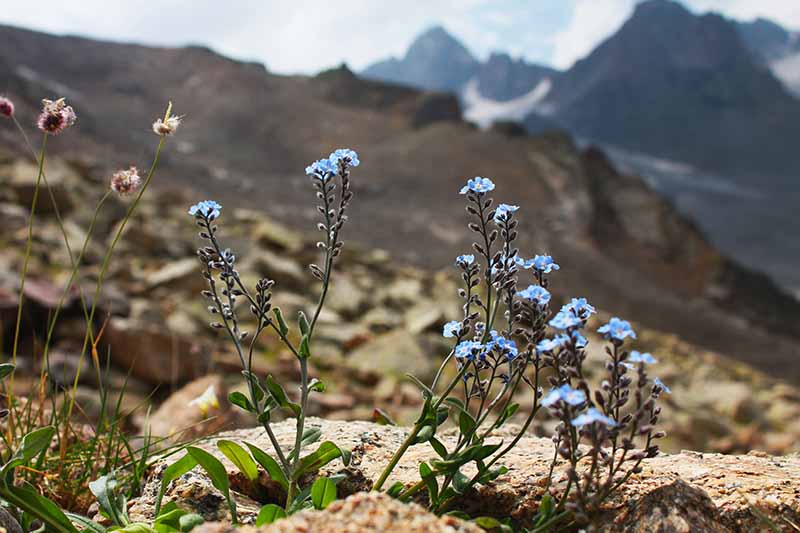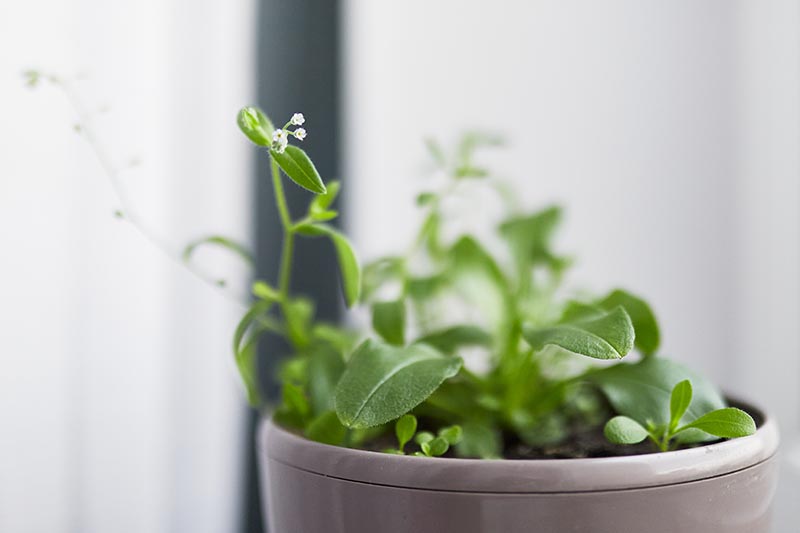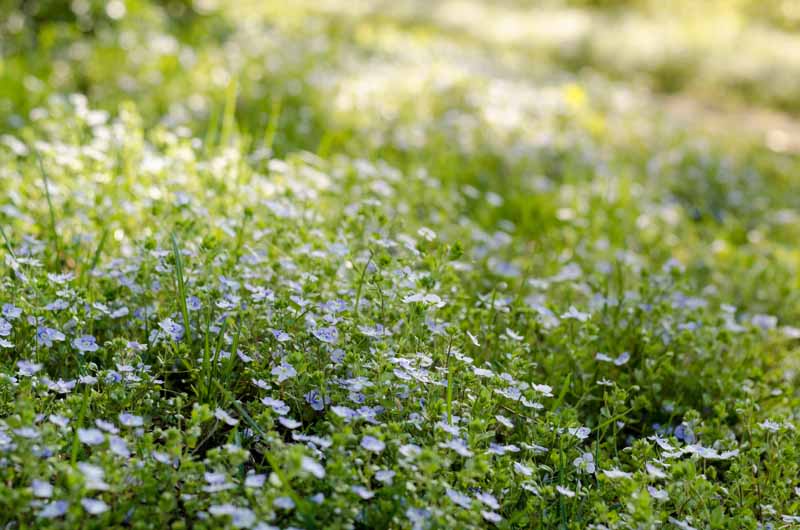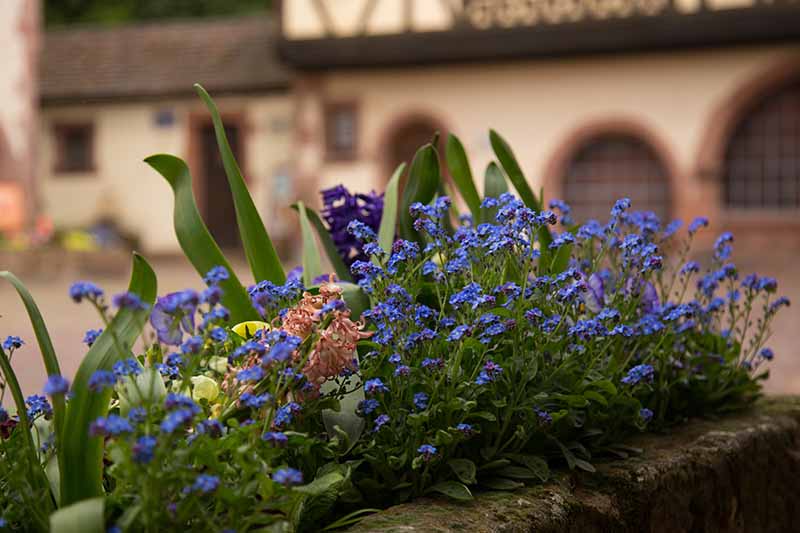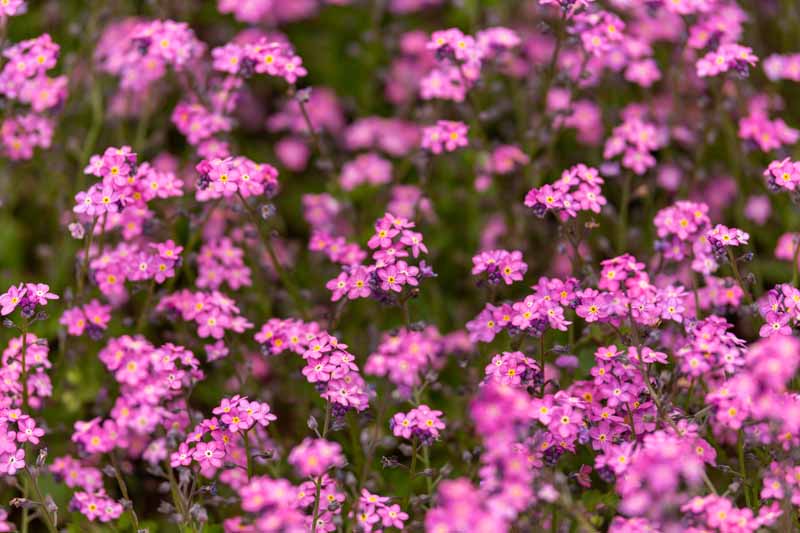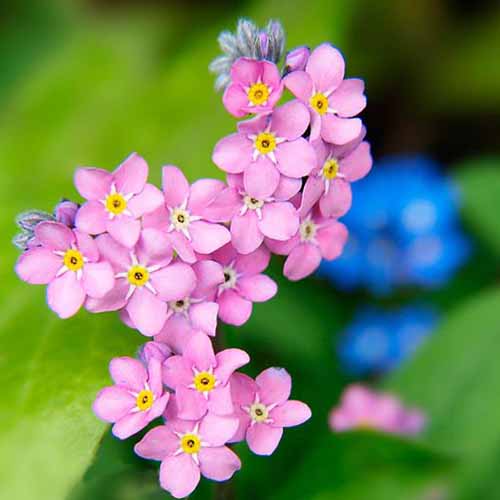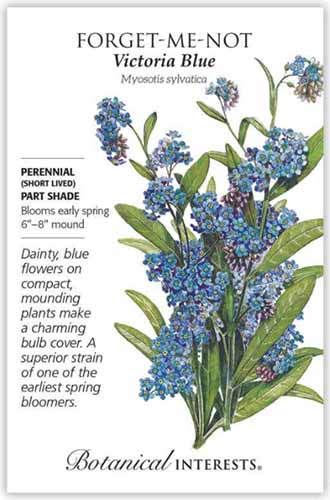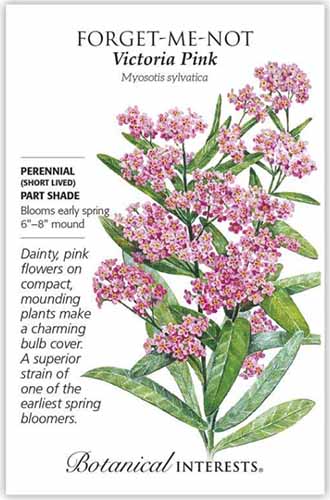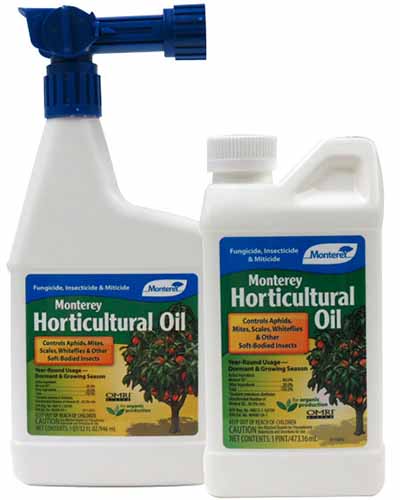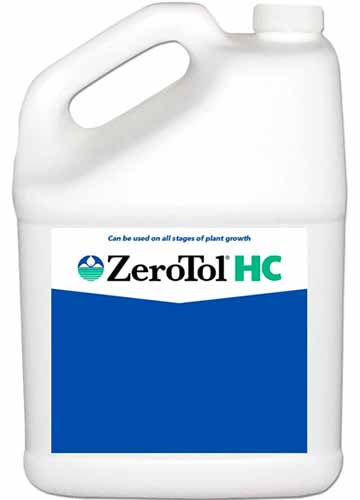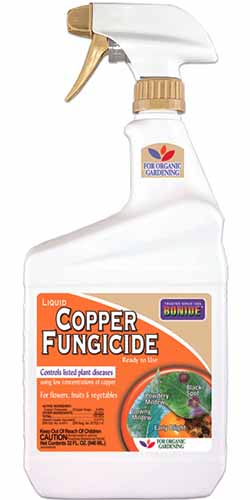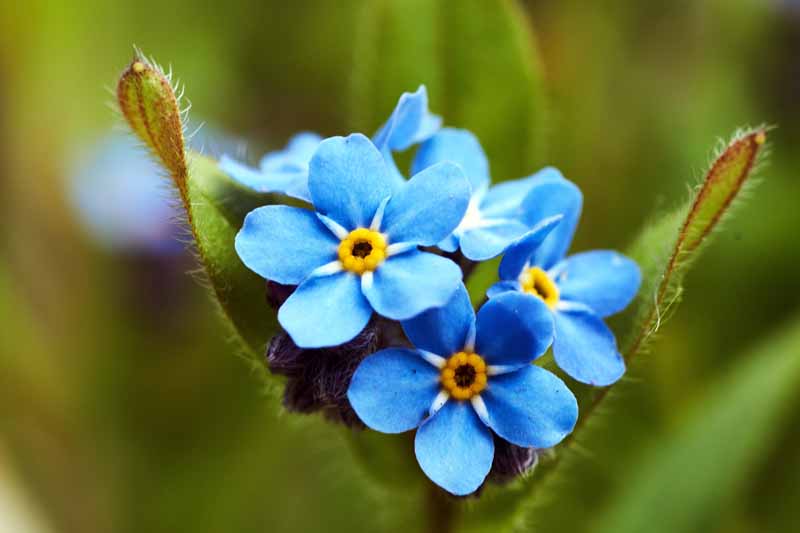These plants are steeped in history and symbolism, and are easy beauties to grow. We link to vendors to help you find relevant products. If you buy from one of our links, we may earn a commission. Just read this article first to learn everything you need to know before you get started.
Cultivation and History
The genus name Myosotis means “mouse ear,” named after the rounded shape of these plants’ fuzzy leaves. There are about 100 species in the genus, and the majority of these are known commonly as forget-me-not or scorpion grass. Found typically in temperate regions, some species occur in alpine areas. Most species are native to western Eurasia and New Zealand, while only ten species are found growing wild in North America, South America, Africa, New Guinea, and Australia. Although this plant had already been a favorite of French and German gardeners for centuries, it only became popular in British gardens in the 1800s. Of the 100 species, there are three that are most commonly grown as garden plants. Myosotis sylvatica, also called woodland forget-me-not, is a biennial native to Europe and parts of South Asia including Bhutan, India and Nepal. It grows in woodlands, forests, and rocky places. This species is the most widely cultivated variety and it is the main focus of this guide, but some other species have similar growing requirements. Prone to crowding out other native plants, this can become an issue when it escapes cultivation in non-native areas including North America and Australia. Along with M. scorpioides, known as true or water forget-me-not, it is considered an invasive and noxious weed in some midwestern states. Another notable species happens to be the state flower of Alaska. M. asiatica, also known as alpine forget-me-not, is a short lived, summer-blooming biennial native to the northwestern states and provinces of the US and Canada. It is a beautiful rock garden plant and can be an excellent alternative if the other two species described above are considered invasive in your area. Forget-me-not flowers carry a lot of meaning, often pertaining to their sentimental name. According to legend, a drowning knight tossed a bouquet of the blue blooms to his lover standing on the banks, with the cry “forget me not!” and the name was born. Since then, the flowers have become a symbol of remembrance. The clear sky-colored petals were King Henry IV’s emblem when he went into exile and remained his royal symbol after he returned. Forget-me-nots are Newfoundland and Labrador’s poppy equivalent. Residents wear forget-me-not flowers on the first day of July each year to commemorate the death of hundreds of their soldiers in France on July 1, 1916. The flower is also a symbol of remembrance for the Armenian Genocide. In 1921 in the US, a time when there were no programs in place to help returning soldiers, November 10 was designated as National Forget-Me-Not Day, and the flowers were sold to raise funds for injured veterans. Forget-Me-Not Days, June 5 and 6, are set aside in New Zealand for Alzheimer’s disease awareness and fundraising. Packets of seeds are handed out to be planted in honor of sufferers.
Propagation
Myositis plants are relatively easy to propagate, whether via seed or by division. Most garden forget-me-nots will be biennial, growing from seeds dispersed in late summer and fall, flowering and dispersing seed the following year, and dying afterwards. But because they self-seed readily, it’s easy to keep your flower patch going.
From Seed
M. sylvatica sets seed in the heat of the summer and will self seed readily, which means they will persist for years in your garden if you don’t deadhead after they bloom. The seeds are dispersed further by animals and water. You can collect seeds from your plants before they are spread naturally, or purchase seeds at your local nursery or online. Direct sow the seeds in your garden in midsummer. To prepare the soil, rake to loosen it and smooth out the surface, then water lightly. Broadcast the seeds on the surface of the soil, or sow individually four inches apart. Seedlings will appear in the fall and plants will bloom the following spring. Alternatively, you may start seeds indoors eight to ten weeks before the last frost in small pots filled with moistened soilless medium. Sow three to four seeds together and lightly push them into the surface of the medium. Keep the pots in a dark, warm location around 64-68°F, and make sure the medium stays moist. The seeds will germinate within 14 to 21 days. Rather than watering from above, set the pots in a dish of water to water them from below to prevent root rot. Start hardening off when the seedlings have two sets of true leaves. You can choose to transplant immediately after hardening off, or wait until fall to transplant. Plants transplanted in the spring should bloom that same year, and those planted in the fall will produce flowers the following spring.
By Division
Although most plants will only live as biennials, some may survive a bit longer as short-lived perennials, depending on the variety and growing conditions. Divide surviving forget-me-nots every three to five years in the spring after flowering, or in the early fall. Carefully dig up the root ball and divide it by pulling the roots apart by hand. Replant the divisions as outlined below.
Transplanting
If you bought potted plants from a nursery, set them out in the spring or fall as you would with your own plants grown from seed. Make sure you choose a spot that is well draining and moist. Water potted plants well before transplanting. Dig a hole slightly larger than the size of the root ball or pot, loosen the soil in the bottom of the hole, insert the root ball, and backfill. Make sure the soil isn’t piled too high or touching the base of the stem. Water in after planting.
How to Grow
Forget-me-not isn’t a picky plant and it will thrive in Zones 3-8. It can tolerate drought but will go dormant in the hottest part of the summer once seed has been set. Plant in full sun or partial shade. In areas where the summer gets very hot, make sure the plant gets some shade during the day. Woodland forget-me-not does well in a variety of soils, including sandy, loamy, or clay types. Provided it is a well draining spot and you keep the soil moist, it can tolerate a wide pH range, from mildly acidic to mildly alkaline (6.0-8.0). Check the soil moisture regularly, and water if it is dry to a depth of two inches. Fertilize your plant once a month in the spring and summer, especially if the leaves are yellowing. Use a fertilizer with a 5-10-10 NPK ratio or similar, and apply according to package directions. Deadhead or pull the entire plant once it is done blooming to prevent self-seeding, if you wish. Forget-me-nots can be grown in containers too. Use well draining soil in a container with good drainage, and keep an even closer eye on soil moisture when potted versus when planted in the ground as containers dry out quickly! Fertilize as you would in the ground and allow the plants to have some shade during the day.
Growing Tips
Plant in full sun but allow partial shade in hot areas.Provide moist, well draining soil.Fertilize with 5-10-10 (NPK) monthly.
Pruning and Maintenance
Though these plants require no pruning in the usual sense, a little annual garden maintenance is required if you want to curb their spread. To keep forget-me-nots from self-seeding in places where you might not want them to sprout next year, be sure to deadhead before the blooms go to seed. Volunteers may be transplanted to other places in the garden as well. Older plants that survive beyond the second year as perennials can be divided to keep them healthy, ensuring that they have plenty of room to spread.
Cultivars to Select
Think forget-me-not and, if you’re like me, you probably think of brilliant blue flowers.
Bluesylva
Part of the Sylva series, ‘Bluesylva’ has bright blue flowers with a yellow eye and is a low spreading biennial cultivar with spring and early summer beauty. Rose Forget-Me-Not Eden Brothers Nursery offers packets of rose, indigo, white, or dwarf ultramarine M. sylvatica seeds that will make a lovely addition to the garden. Or, if you can’t decide which color to choose, try pink, blue, and white all together in a mixed collection that’s available in a small packet or in bulk at Eden Brothers.
Snowsylva
Blooming with loads of bright white, yellow-eyed flowers in early spring to late summer, this garden favorite is also a part of the popular Sylva series. There aren’t very many pests that affect forget-me-not, but there are several diseases to keep an eye out for and try to prevent. ‘Victoria Blue’ ‘Victoria Blue’ is available in 250-milligram seed packets at Botanical Interests.
Victoria Pink
Compact and sporting lots of small pink flowers with white centers, ‘Victoria Pink’ is an early spring bloomer. ‘Victoria Pink’ Seeds in 250-milligram packets are available from Botanical Interests.
Managing Pests and Disease
Aphids
Besides the ever-hungry aphid, Myosotis plants aren’t often affected by insects. If your plant is infested by aphids, it’s likely you’ll either notice the white skins the insects shed as they grow, or curled leaves, before you see the pests themselves. You can learn more about how to deal with aphids in our guide. Monterey Horticultural Oil If your plant is crawling with aphids, try applying a horticultural oil like this one from Monterey, available at Arbico Organics.
Crown Rot
Most of the diseases that affect M. sylvatica are caused by fungal pathogens that thrive in moist and humid conditions. Caused by soilborne Sclerotium delphinii fungi and becoming an issue in damp conditions or in heavy soils, crown rot affects the lower portion of the stem near and in the soil. You’ll recognize crown rot as a brown rot at the soil line, creeping slowly upwards. This eventually girdles the plant, and the leaves will begin to die and drop off due to a lack of water flowing through the stem. This disease is spread via tools and splashing water, and there is little you can do once crown rot has taken hold, other than to remove and dispose of the entire plant to try to prevent further spread to neighboring plants. Prevent this disease from infecting your plants in the first place by planting in well draining soil, only watering when necessary, and making sure the soil surface isn’t touching or piled up against the plant stem. Find more tips on identifying and controlling crown rot here.
Powdery Mildew
With high humidity and dry leaves comes Golovinomyces cynoglossi, a fungus that causes fluffy white growth on leaf surfaces. Known as powdery mildew, this disease can cause yellow mottling on the foliage as well, which eventually leads to complete chlorosis (leaf yellowing) and leaf death. To prevent powdery mildew, make sure your plants have enough space between each other and other plants. If you see white fuzzy spots appearing on the leaves, remove individual leaves before it spreads, or get rid of the entire plant if it is severely infected. As always, make sure you use the product according to the instructions on the label. ZeroTol Fungicide ZeroTol is a fungicide, algaecide and bactericide that combines hydrogen peroxide and peroxyacetic acid for a safe, effective product both homeowners and commercial growers can use. Read more about some of the best organic remedies for powdery mildew here.
Rust
Various species of Puccinia fungi are pathogens that cause spots of rust-colored spores to appear on the leaves or stems. These red-brown spots will be surrounded by a halo of yellow tissue. Plants infected by Puccinia are also often stunted.
Best Uses
Imagine a border of blue encircling or underplanting a bed of tulips, roses, or shrubs, or an entire bed of forget-me-nots dazzling the bees, butterflies, and humans that visit. Bonide Copper Fungicide Check out Bonide’s Liquid Copper Fungicide, available at Arbico Organics, as a possible treatment option. Forget-me-nots look fabulous and do well planted on slopes and banks as a ground cover, and they are just as happy in the garden as they are growing in a container on the patio. Easy to grow, and able to reseed itself year after year, the unusual bright blue flowers are an eye-catching delight. Cultivars in pink, white, and other shades are beautiful as well. And, thanks to the ill-fated knight who gave this plant its unforgettable name (allegedly!), the forget-me-not remains a symbol of remembrance worldwide. Do you live somewhere that features these flowers as a symbol for a special day or occasion? We’d love to hear about your experience with this plant, so tell us in the comments below! Love forget-me-nots? There are many beautiful plants in the Boraginaceae family, and many are champions at attracting pollinators. My favorite: borage itself. Honey bees love it! And to learn more about growing flowers in your garden, check out these guides next:
How to Grow Hellebores, the Winter-to-Spring SensationGrowing Heliotropes: Fragrant Vintage CharmersHow to Grow and Care for Baby’s Breath (Gypsophila)
© Ask the Experts, LLC. ALL RIGHTS RESERVED. See our TOS for more details. Product photos via Arbico Organics, Botanical Interests, and Eden Brothers. Uncredited photos: Shutterstock. With additional writing and editing by Allison Sidhu.

